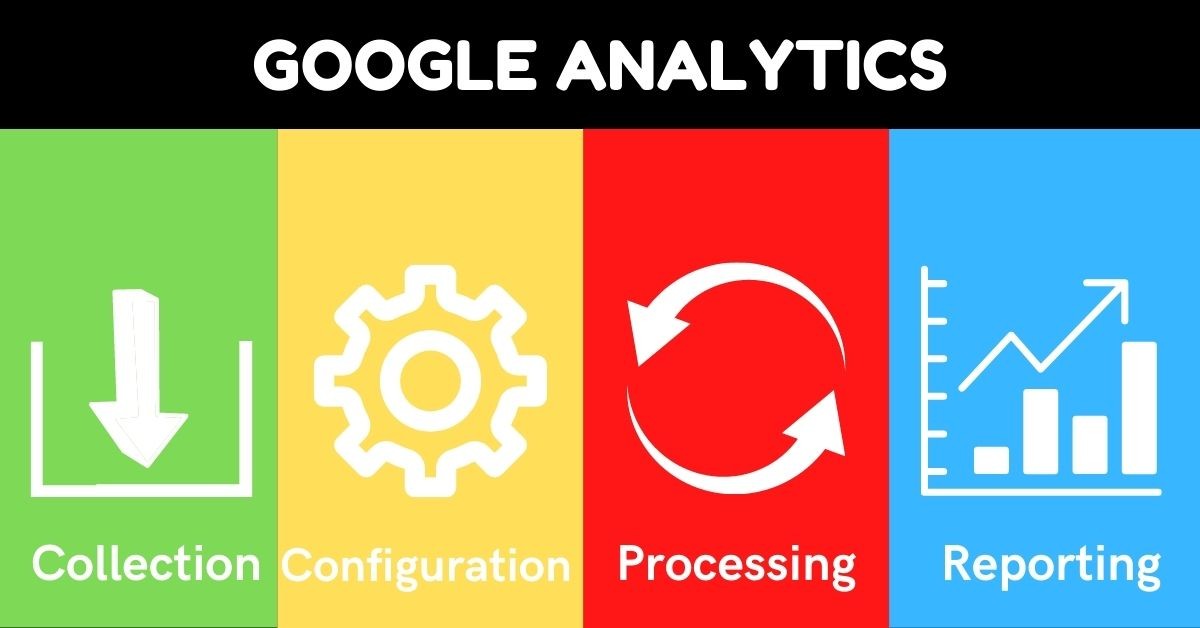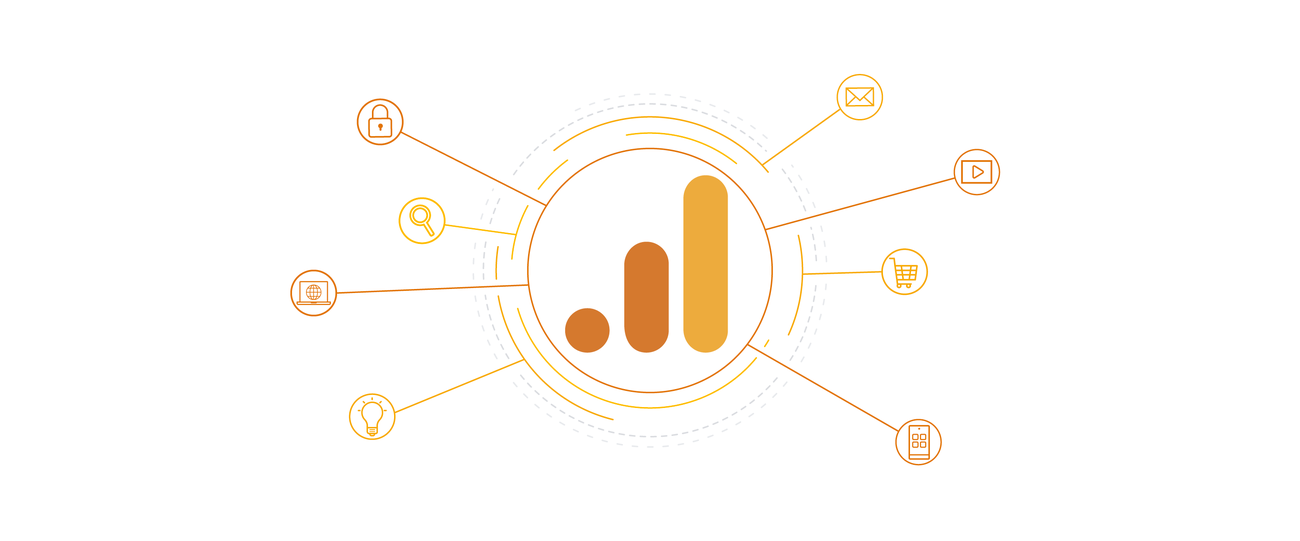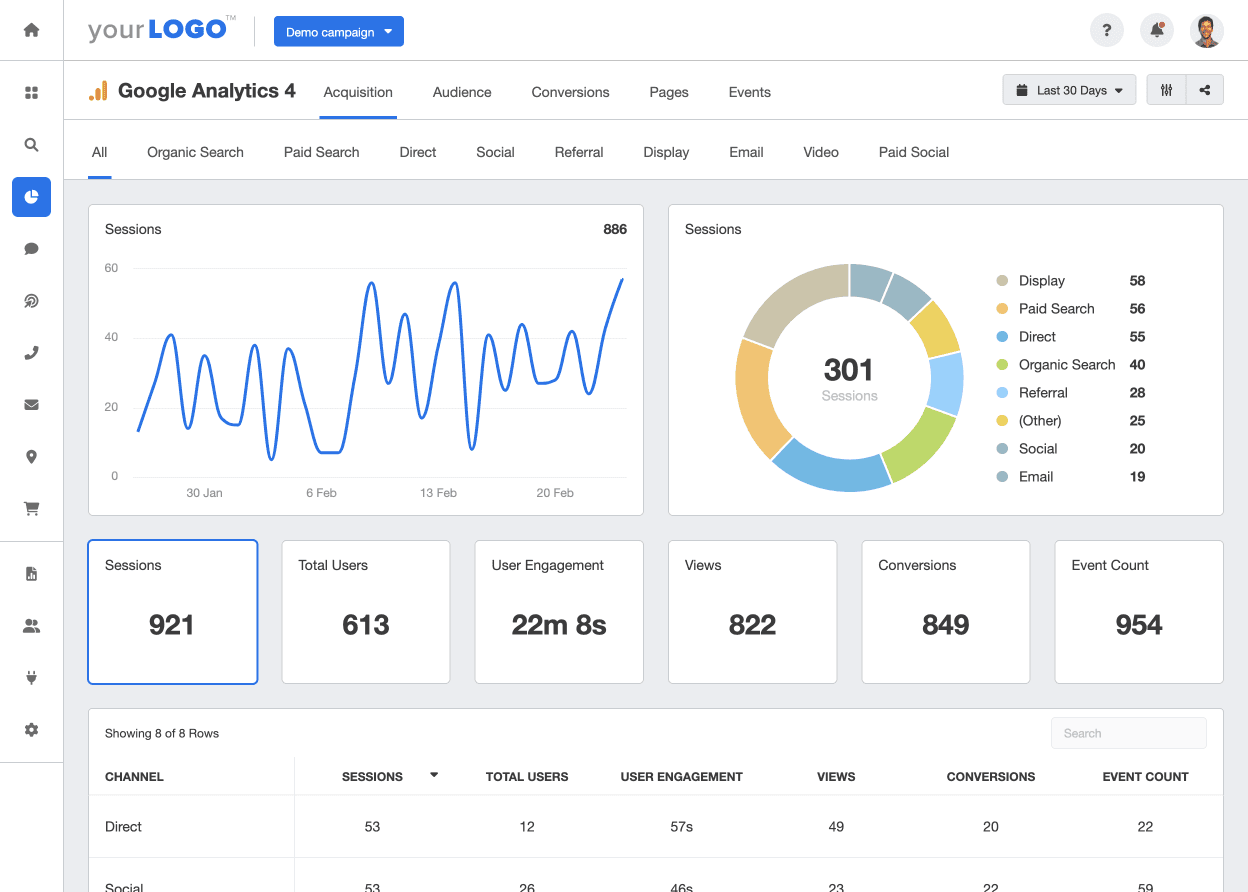When Does the Google Analytics Tracking Code Send an Event Hit to Analytics? A Deep Dive into User Interactions
When Does the Google Analytics Tracking Code Send an Event Hit to Analytics? A Deep Dive into User Interactions
Blog Article
Enhance Your Site Efficiency With Google Analytics Tracking Code
In the electronic landscape, comprehending individual communications with your site is important for optimization. By integrating the Google Analytics tracking code, you can open a riches of information relating to site visitor habits, enabling you to monitor essential metrics and recognize potential areas for improvement. This tactical implementation not just educates your decisions yet also paves the means for a more interesting user experience. Nevertheless, the actual challenge depends on properly analyzing this data and converting insights into workable approaches. What steps can you take to guarantee you are totally leveraging these insights for ideal efficiency?
Recognizing Google Analytics
Understanding Google Analytics is vital for web site proprietors and marketing experts intending to maximize their on-line presence. This effective device gives critical insights into user behavior, allowing stakeholders to make data-driven decisions. By tracking various metrics, such as web page views, bounce prices, and individual demographics, Google Analytics assists determine which elements of a web site are executing well and which call for enhancement.
One of the essential features of Google Analytics is its ability to sector data. Users can analyze website traffic sources, user involvement, and conversion prices across various sections, such as geographic areas or tool kinds. This granularity allows marketers to tailor their methods to specific target markets, therefore improving the efficiency of their campaigns.

Establishing Up Tracking Code
To harness the full possibility of Google Analytics, setting up the monitoring code properly is a basic step. The tracking code, a bit of JavaScript, makes it possible for Google Analytics to gather data about user communications on your website.
Following, you'll require to install this code right into the HTML of your site. Preferably, position the monitoring code prior to the closing tag on every web page you desire to check. If you're making use of a material monitoring system (CMS) like WordPress, take into consideration utilizing plugins that promote easy assimilation.
After executing the code, it's vital to confirm its functionality. Utilize the "Real-Time" records in Google Analytics to verify that information is being accumulated as expected. By making certain proper configuration, you create a strong foundation for effective information analysis and tactical decision-making to boost your website's performance.
Trick Metrics to Display
Frequently monitoring key metrics in Google Analytics is necessary for examining your web site's performance and customer involvement. Amongst the essential metrics to track are page views, which provide understanding into just how typically individuals visit various pages on your site. Additionally, unique site visitors aid you comprehend the reach of your web content by showing the amount of distinct customers are involving with your site over a provided duration.
Bounce price is one more crucial metric, revealing the percentage of visitors who leave your website after checking out just one web page. A high bounce rate may signal concerns with material importance or individual experience. On the other hand, session duration indicates how lengthy site visitors remain on your site, helping you gauge material effectiveness and customer interest.
Conversion prices are vital for determining the success of your web site in achieving particular objectives, such as type entries or item look what i found purchases (when does the google analytics tracking code send an event hit to analytics?). Keeping track of website traffic sources is also essential, as it helps identify which networks drive the most traffic and conversions, permitting even more targeted marketing approaches
Studying Visitor Behavior

Furthermore, tracking user paths via the website helps disclose usual navigating patterns. This information is necessary in determining whether individuals can conveniently locate the content they seek or if they experience obstacles that bring about aggravation. Identifying high exit pop over to this web-site pages can highlight locations that may need redesign or even more interesting material to maintain visitors.
Furthermore, segmenting individuals based on demographics, passions, and actions gives a deeper understanding of the target audience. This division makes it possible for organizations to customize material and advertising strategies better, enhancing the chance of conversions. Eventually, assessing site visitor habits not only notifies web site improvements yet additionally fosters a more user-centric method, resulting in boosted fulfillment and loyalty with time.
Applying Data-Driven Adjustments
Executing data-driven changes is important for improving website performance and accomplishing service goals. By leveraging understandings collected from Google Analytics, companies can identify locations for renovation and make informed choices to optimize customer experience.
First, analyze key efficiency indicators (KPIs) such as bounce rates, session period, and conversion rates to pinpoint specific issues influencing individual engagement - when does the google analytics tracking code send an event hit to analytics?. Get the facts For example, a high bounce price on a touchdown page might indicate that the content is not reverberating with visitors or that the page takes too lengthy to lots

Final Thought
In final thought, the implementation of Google Analytics tracking code is essential for optimizing website efficiency. By accurately checking customer behavior and crucial metrics, useful understandings can be acquired, assisting in data-driven decision-making.
By tracking various metrics, such as web page views, bounce rates, and customer demographics, Google Analytics aids identify which aspects of a web site are carrying out well and which need enhancement.
Customers can assess traffic resources, user involvement, and conversion prices throughout different sectors, such as geographic areas or tool types. The monitoring code, a snippet of JavaScript, enables Google Analytics to gather information regarding customer communications on your web site.Consistently keeping track of crucial metrics in Google Analytics is vital for evaluating your web site's efficiency and customer involvement. By leveraging Google Analytics, site proprietors can gain important insights right into just how individuals interact with their site.
Report this page